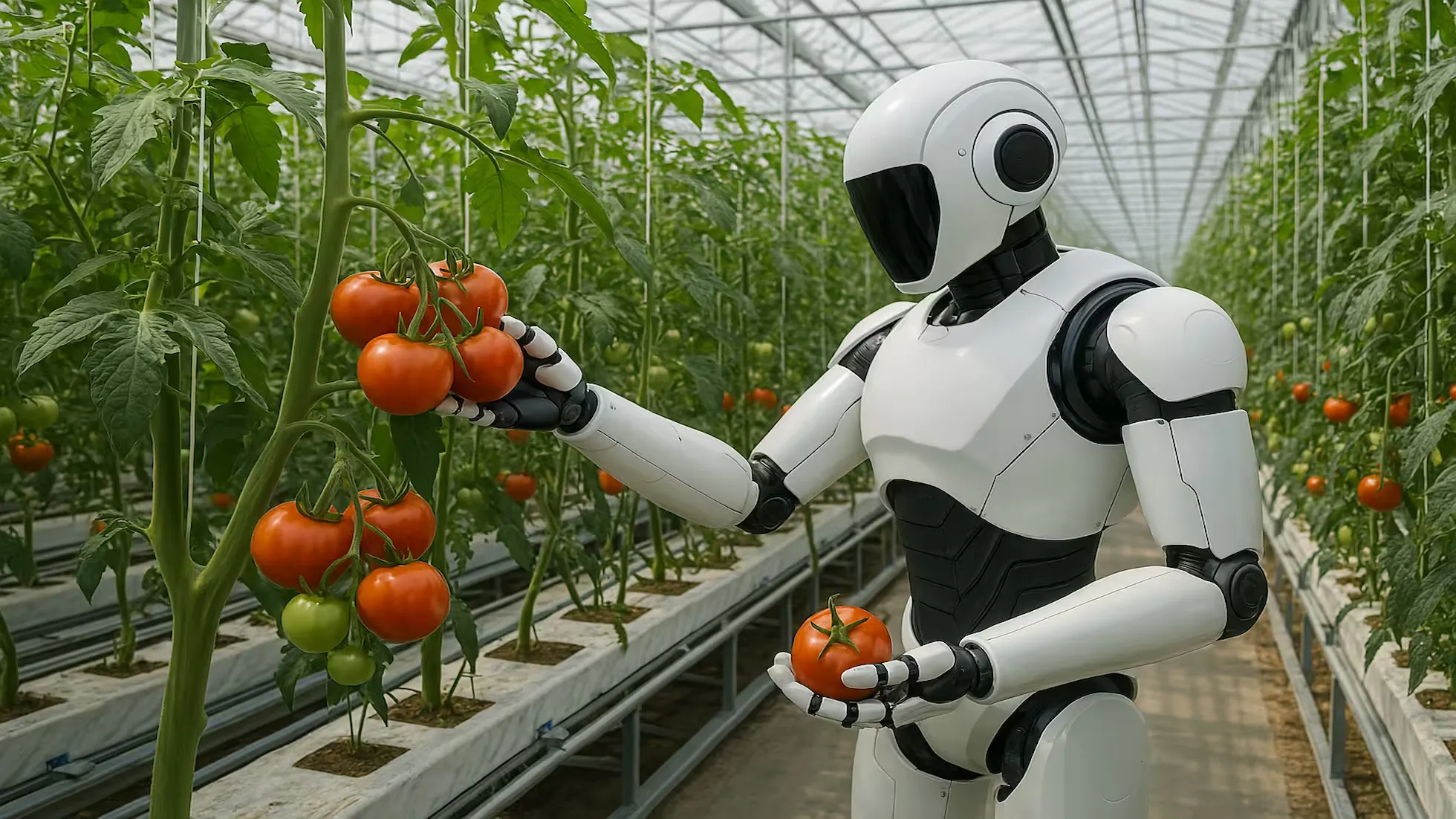Interpretation of the 13th Five-Year Agricultural Policy

For a comprehensive understanding of the macro directions for agricultural development during the “13th Five-Year Plan,” refer to two authoritative interpretations: Vice Premier Wang Yang’s “[Vigorously Promoting Agricultural Modernization with New Development Concepts]” in People’s Daily, and Minister Han Changfu’s “[Leading Modern Agricultural Development with New Development Concepts]” in Qiushi.
1. Central “13th Five-Year Plan” Agricultural Policy Highlights
The proposal emphasizes the five development concepts: innovation, coordination, green development, openness, and sharing. While “openness” does not directly address agricultural issues, the other four concepts include specific references to rural and agricultural matters. Key points include:
1. Ensuring National Food Security
- Accelerate the designation of permanent basic farmland.
- Expand the construction of high-standard farmland resistant to drought and floods.
- Improve arable land quality, focusing on protecting and enhancing production capacity in major grain-producing regions and functional zones.
- Develop modern seed industries, advance agricultural mechanization and informatization, and achieve “grain storage in land and technology.”
2. Promoting Farmers’ Income Growth
- Expand high-quality, efficient agriculture.
- Promote cost-saving and efficiency-enhancing technologies.
- Encourage orderly migration of rural labor.
- Support local entrepreneurship and employment.
- Improve pro-farmer policies.
3. Ensuring Agricultural Product Quality and Safety
- Standardize agricultural production and establish a robust standards system for source control.
- Implement comprehensive agricultural product safety monitoring with a farm-to-table traceability system.
4. Accelerating Agricultural Modernization
- Adjust agricultural structures to align with market demands.
- Develop agricultural product processing and distribution, and expand agriculture’s multifunctionality.
- Promote the integration of grain, economic, and feed crops, as well as the combination of farming and animal husbandry.
- Encourage the integration of primary, secondary, and tertiary industries.
- Build new agricultural operating systems, facilitate orderly transfer of land-use rights, and promote diverse scaled operations.
- Foster new agricultural operators and professional farmers.
- Reform agricultural science and technology systems to enhance technology transfer and application.
5. Pursuing Sustainable Agriculture
- Protect agricultural resources and the environment for sustainable development.
- Promote water-saving agriculture.
- Implement zero-growth actions for chemical fertilizers and pesticides.
- Utilize agricultural waste as a resource.
- Undertake large-scale land greening and enhance forest protection.
- Launch the Blue Bay Restoration initiative.
- Implement ecological restoration projects for mountains, rivers, forests, fields, and lakes, along with air, water, and soil pollution control plans.
6. Upholding Open Development
The proposal emphasizes “pursuing open development to achieve win-win cooperation.” Vice Premier Wang Yang highlights the importance of learning advanced foreign technologies and integrating domestic and international markets and resources. Minister Han Changfu calls for a balanced approach to “bringing in” and “going out” to elevate agricultural openness.
2. Zhejiang’s “13th Five-Year Plan” Agricultural Policy Highlights
- Adjust agricultural structures and promote eco-circular agriculture.
- Develop the entire agricultural industrial chain.
- Cultivate modern agricultural operators and strengthen agricultural social service systems.
- Build “three-in-one” cooperative economic organizations.
- Train new professional farmers and strengthen key agricultural zones.
- Enhance agricultural standardization, informatization, and technology innovation.
- Advance modern seed industries and agricultural mechanization.
3. Agricultural Development Trends During the “13th Five-Year Plan”
1. Role of New Agricultural Entities
Cooperatives, agribusinesses, family farms, and large-scale farming entities will play a pivotal role in driving agricultural development.
2. Accelerated Integration of Modern Technology in Agriculture
The government will stabilize and enhance production capacity, reducing immediate output but embracing the “grain storage in land and technology” strategy. Biotechnology, mechanization, and informatization will integrate more deeply with agriculture.
3. Upgrading and Consolidation of the Agricultural Supply Chain
- Demand for high-quality agricultural inputs will rise.
- Upstream input companies will need to offer not only superior products but also comprehensive technical services.
- The agricultural input sector will undergo further consolidation.
4. Substantial Development of Agricultural Informatization
Agricultural informatization will be a major focus, with explosive growth expected in smart agriculture and rural e-commerce.
5. Increased Agricultural Subsidies
- Support for appropriately scaled agricultural operations will continue.
- Subsidies for agricultural insurance, key production phases, and technology promotion will increase.
6. Development of Rural Finance
Beyond subsidies, the government will expand financial support through credit systems, aiding cooperatives, agribusinesses, and family farms.
7. Focus on Eco-Circular Agriculture
Comprehensive use of agricultural waste, zero-growth targets for chemical fertilizers and pesticides, and water-saving irrigation will be promoted.
8. Higher Levels of Agricultural Openness
The food security strategy of “domestic focus, capacity assurance, moderate imports, and technological support” will remain. More foreign investments, technologies, germplasm resources, talent, and management expertise will be introduced. Additionally, China’s agricultural advancements and capabilities will be promoted abroad.
Published at: Jun 9, 2016 · Modified at: Aug 31, 2025


